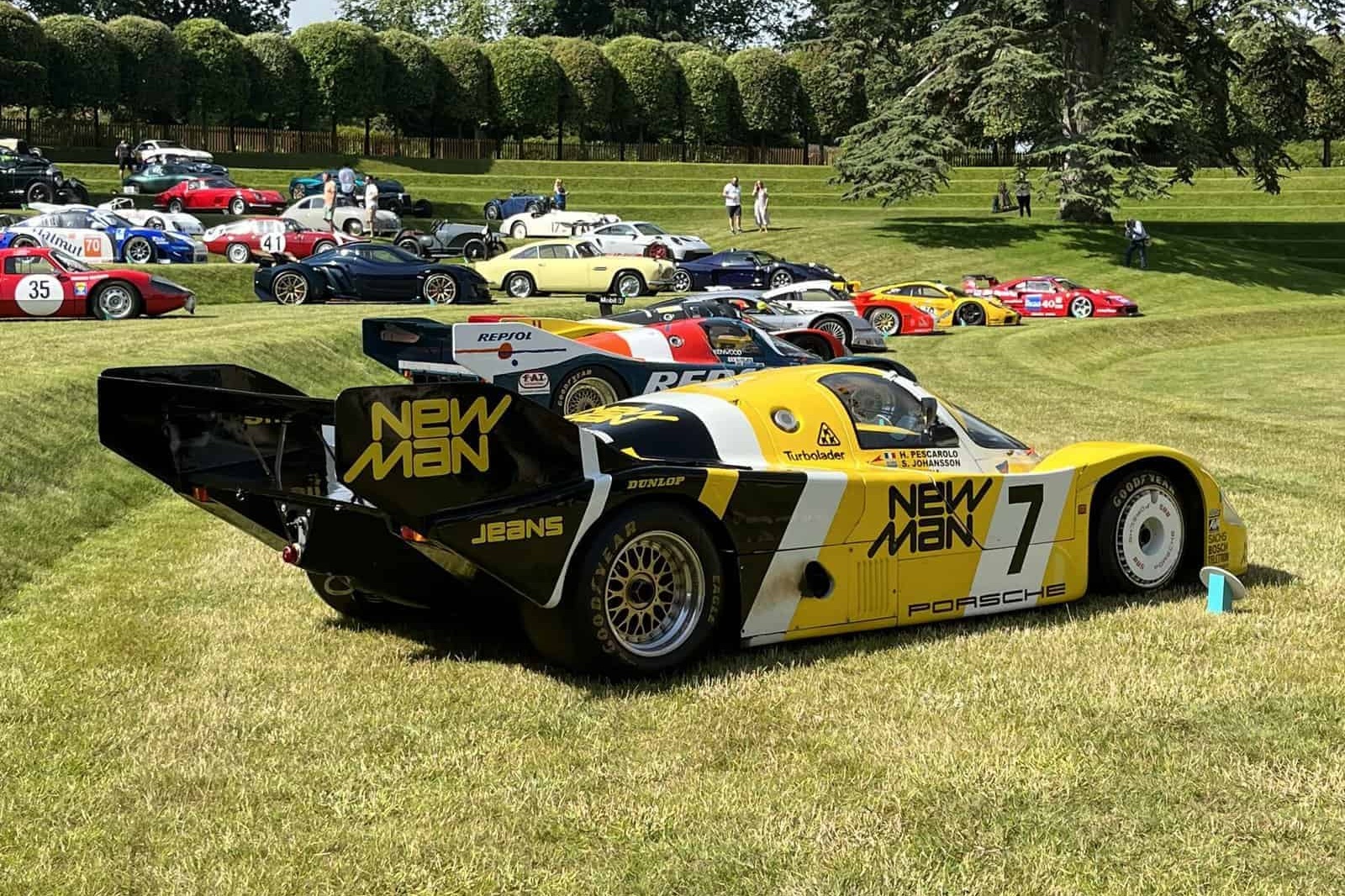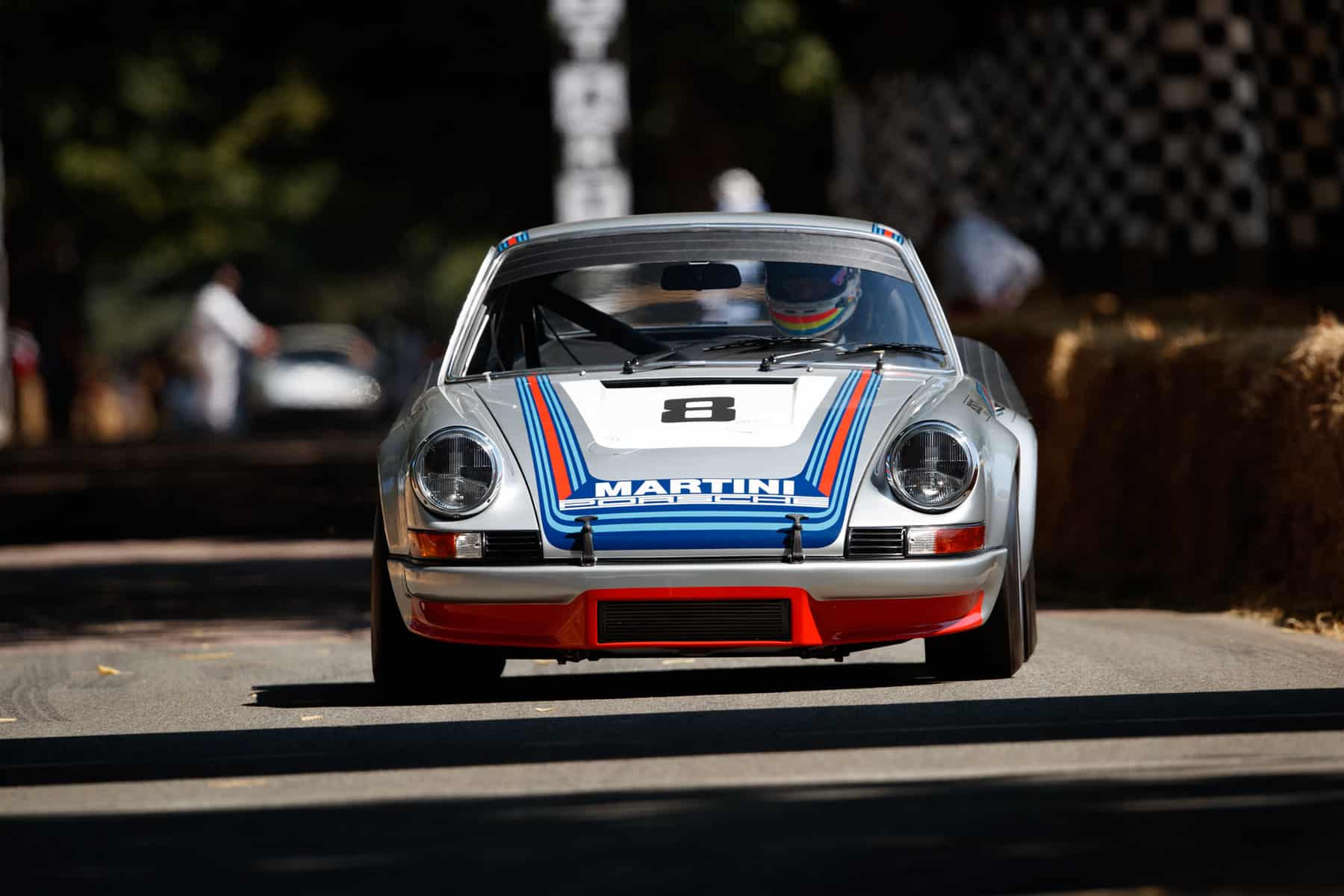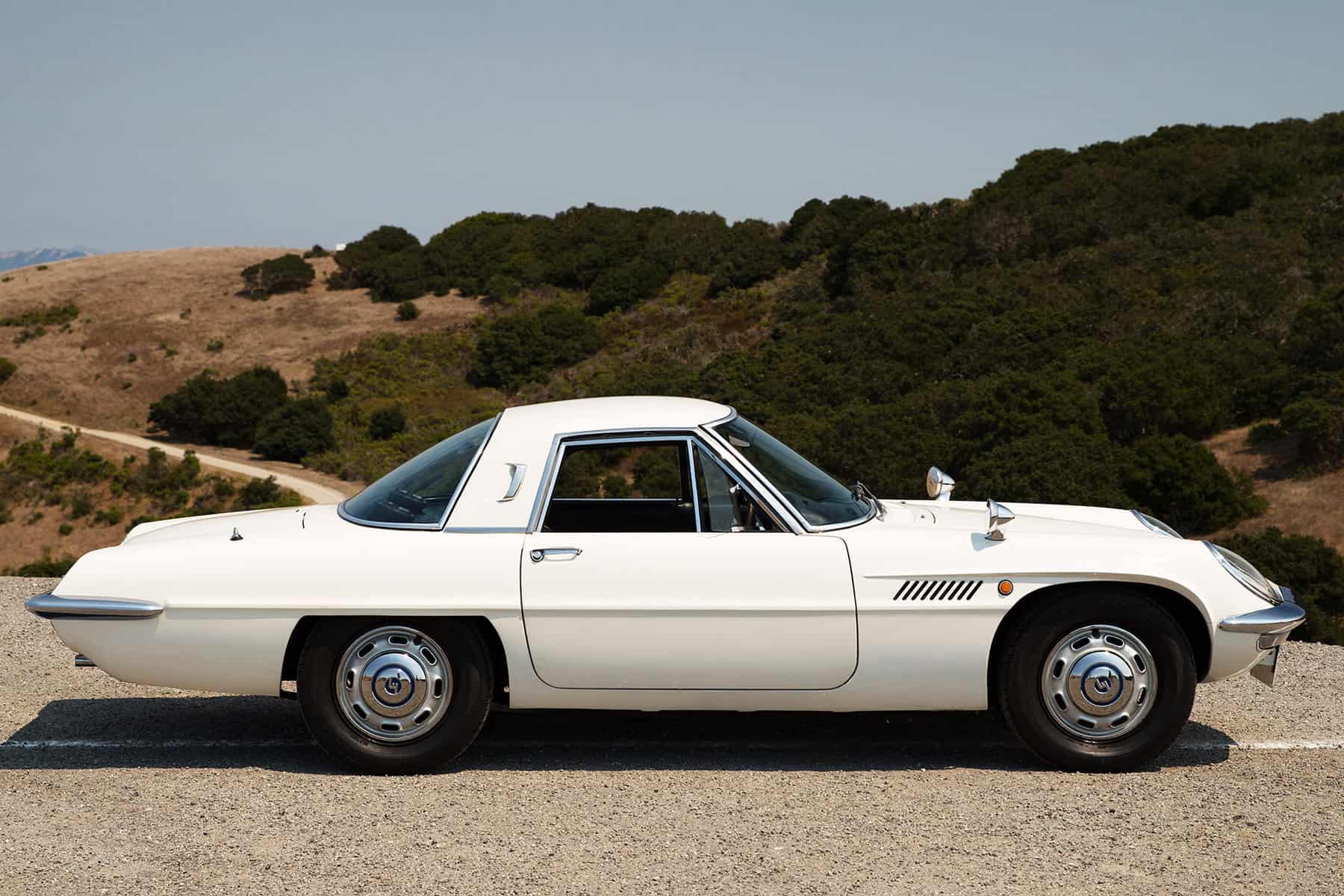
Cosmo Sport / 110S
Mazda’s first go at a rotary-engine car
BY: WOUTER MELISSEN
Established on January 30, 1920, the Mazda Motor Corporation celebrates its centenary in 2020. During the first few decades of the Japanese manufacturer’s existence, it produced everything from machine tools to rifles. The first Mazda car was not built until 1960: the very compact Mazda R360. A second, slightly larger model was added to the line-up two years later, but the world did not really take note of Mazda until the launch of the Cosmo Sport ahead of the 1964 Tokyo Summer Olympics. Not only did the two-seater coupe boast striking lines, it was also powered by a rotary engine. Produced under license from German company Wankel, the engine remained Mazda’s choice for its range-topping models for decades to come.
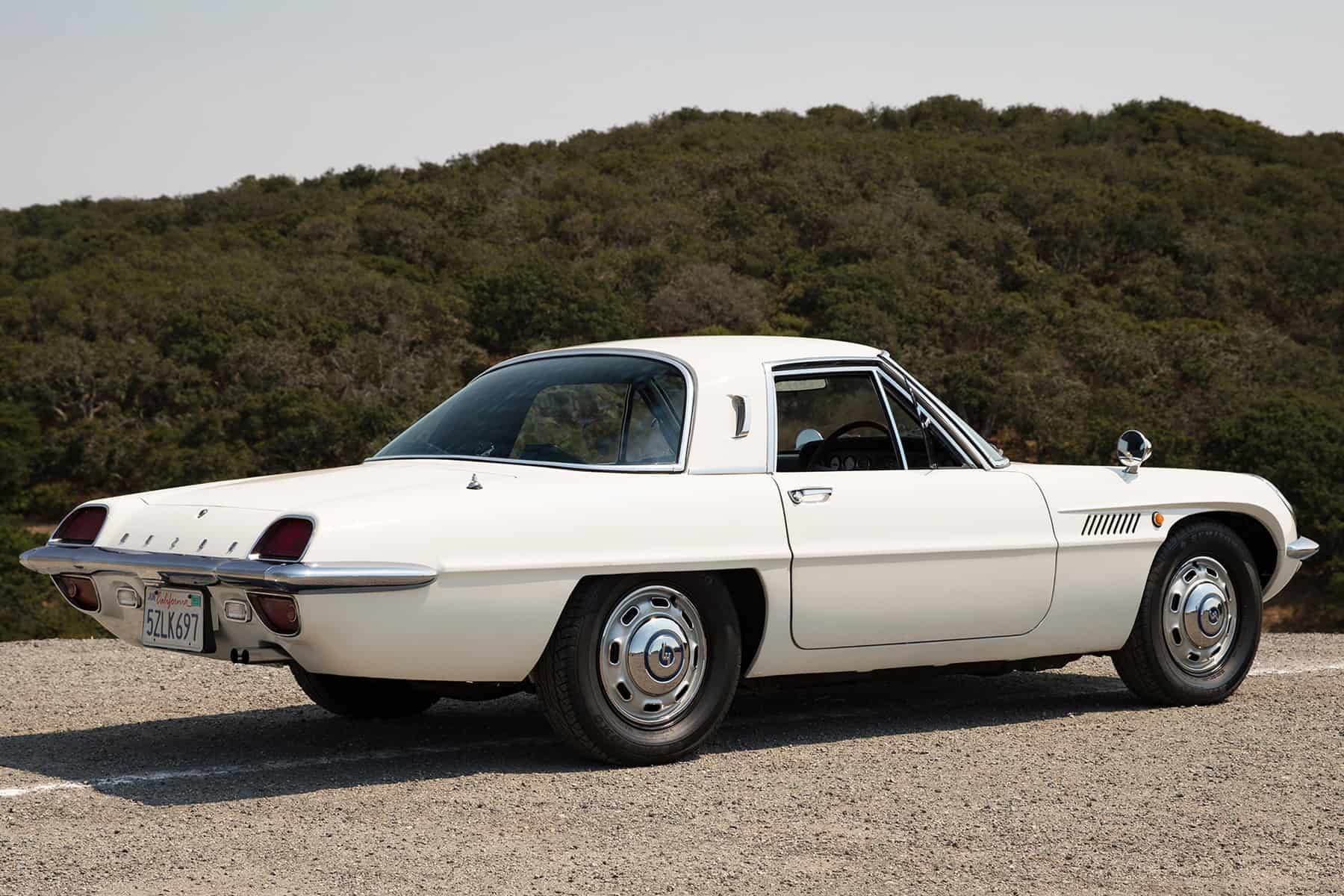
As it turned out, the Cosmo Sport was not just a show car, and it entered production in 1967. Although an export version, dubbed the 110S, was also built, it was never sold in the United States. To celebrate the Cosmo’s 40th anniversary in 2007, Mazda North America nevertheless decided to add an example to its heritage collection. It turned out not to be a straightforward process, as the first car the company had set its sights on was snapped up by a faster-moving collector: Jay Leno. In the end, this was a fortuitous turn of events, as the Cosmo eventually added to the collection revealed a fascinating piece of American history for the model. Discovered with a collector in Arizona, the highly original machine was one of just two that had been exported directly from Japan to the United States in period. It was first owned by the Curtiss-Wright company, which, interestingly, held the license to build rotary aircraft engines during the 1960s.
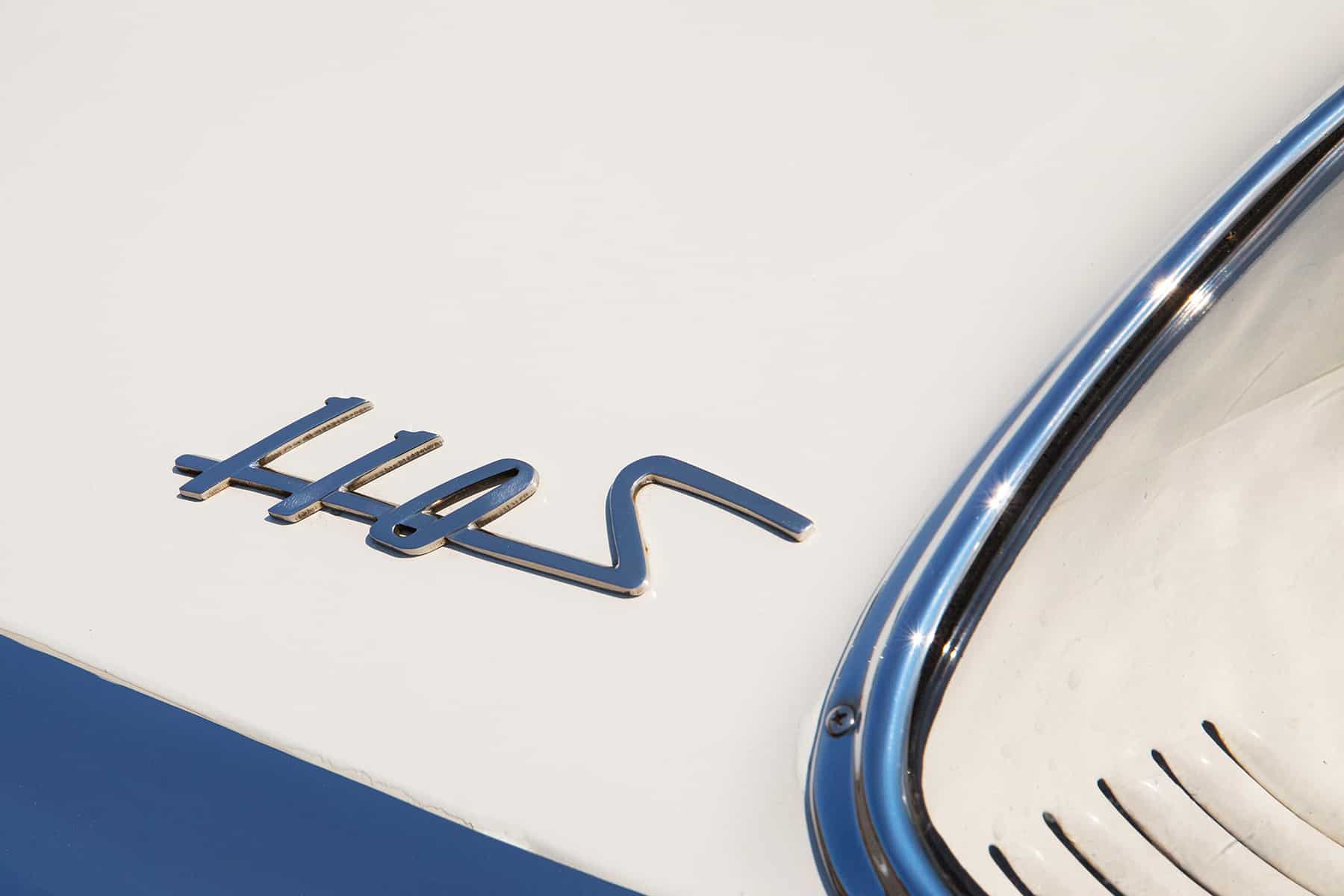
Before we look at just why Curtiss-Wright owned a Cosmo, let’s go back to 1929, the year Felix Wankel first patented the design for what would become the rotary engine. It was the result of his quest to make the conventional four-stroke engine more efficient. Gone were the reciprocating pistons and instead, a triangle-shaped rotor was fitted inside an oval combustion chamber. The rotor is connected to the output shaft through planetary gears. Its triangle shape allows for the intake, combustion, and exhaust all to happen in a single revolution of the rotor. This makes it more efficient than a similar four-stroke engine, which has one power pulse every two revolutions. Compared with a piston engine of similar output, the Wankel, or rotary, engine is also more compact and lighter. German company NSU was granted a license to develop the engine further and by the early 1960s, a whole host of manufacturers were looking at incorporating this engine design. Among them were, of course, Mazda, but also General Motors and Rolls-Royce.
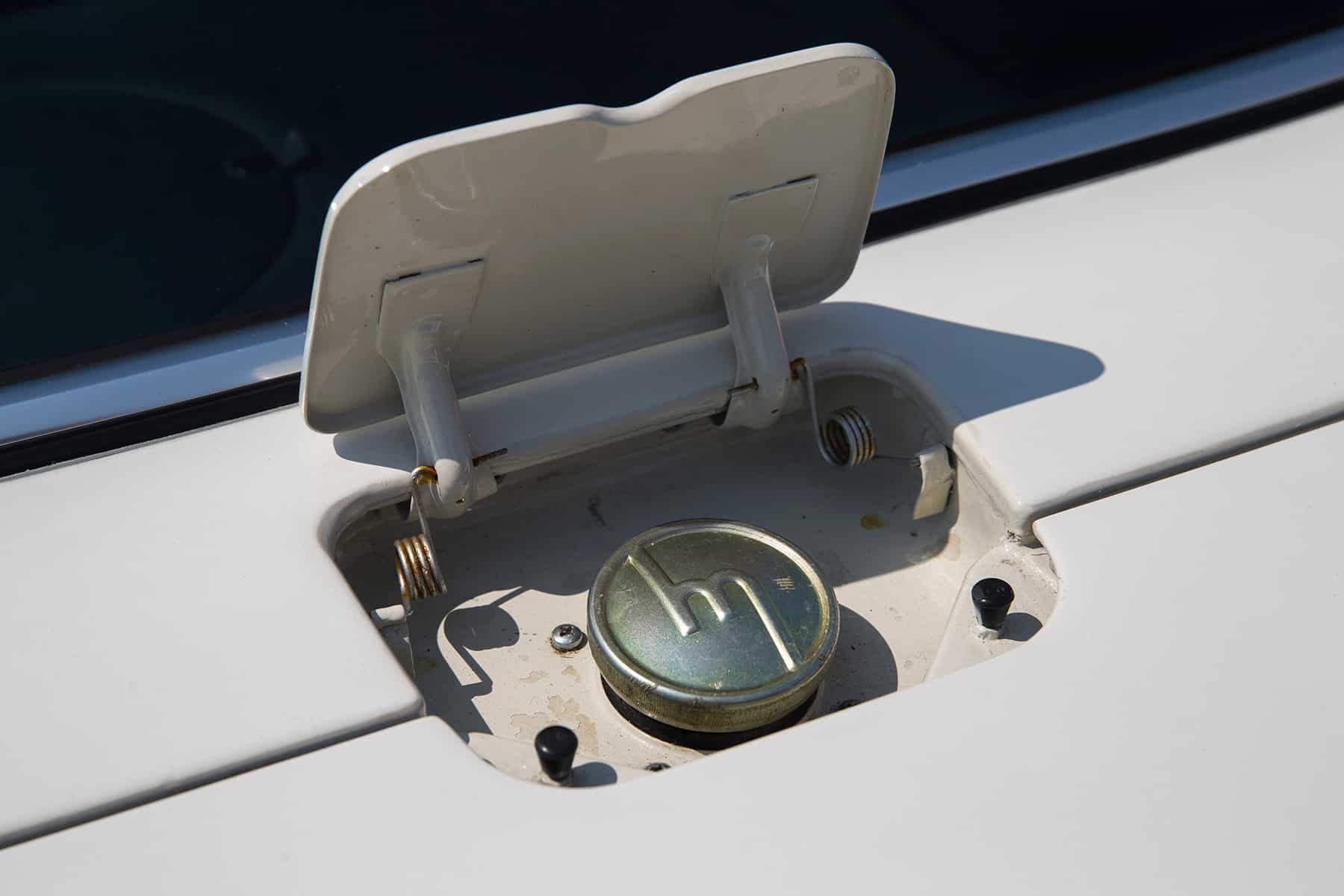
On paper, the Wankel engine had everything going for it, but there was one major weak point in the design that complicated things in the real world. The problems were caused by the three tips of the rotor. For optimal operation of the engine, a perfect seal between the tips and the wall of the combustion chamber is necessary. When spinning at high rpms, the velocity at the tips was considerably higher, so it was crucial to find a material for the seals that could last the distance. Regardless of the material, additional cooling was also required. For the former, Mazda eventually settled on carbon seals, while a tiny drop of oil was added to the fuel mixture to improve cooling. This sorted the overheating problems, but the resulting burned oil did cause emission issues, which would plague the rotary engine throughout its lifespan. NSU never came to grips with the seal trouble, and as a result, their rotary engines gained a bad reputation and were eventually pulled from production.

The engine fitted to the Cosmo consisted of two combustion chambers with a swept volume of 491 cc each. That meant the engine itself displaced less than one liter, qualifying it for tax benefits in Japan. A pair of spark plugs was fitted to each chamber with the second on a 5 degree tilt to make sure all of the fuel/air mixture was burned. For reliability, the ignition system consisted of a pair of coils and distributors; one for the first spark plugs and one for the second spark plugs. Without reciprocating pistons, the engine could safely rev to 7,000 rpm. At that point, it produced 110 hp, which was referred to in the 110S type name for the export models.
Mazda ensured that the Cosmo was far more than a technology demonstrator by giving it a striking exterior design. Officially, the lines of the two-door coupe were all penned by Japanese hands, but the influences from European and American designs are obvious. Thanks to the engine’s minimal size, the coupe was relatively compact and low. The nose, with its covered headlights, had an Italian flair to it, whereas the long tail would not have looked out of place on something like a Ford Thunderbird. Underneath the beautiful design, the Cosmo was also thoroughly modern, with double-wishbone front suspension and a DeDion rear axle. Disc brakes were fitted to the front axle. Additionally, the completed car’s curb weight was an impressive 2,050 pounds, due in part to the engine size.
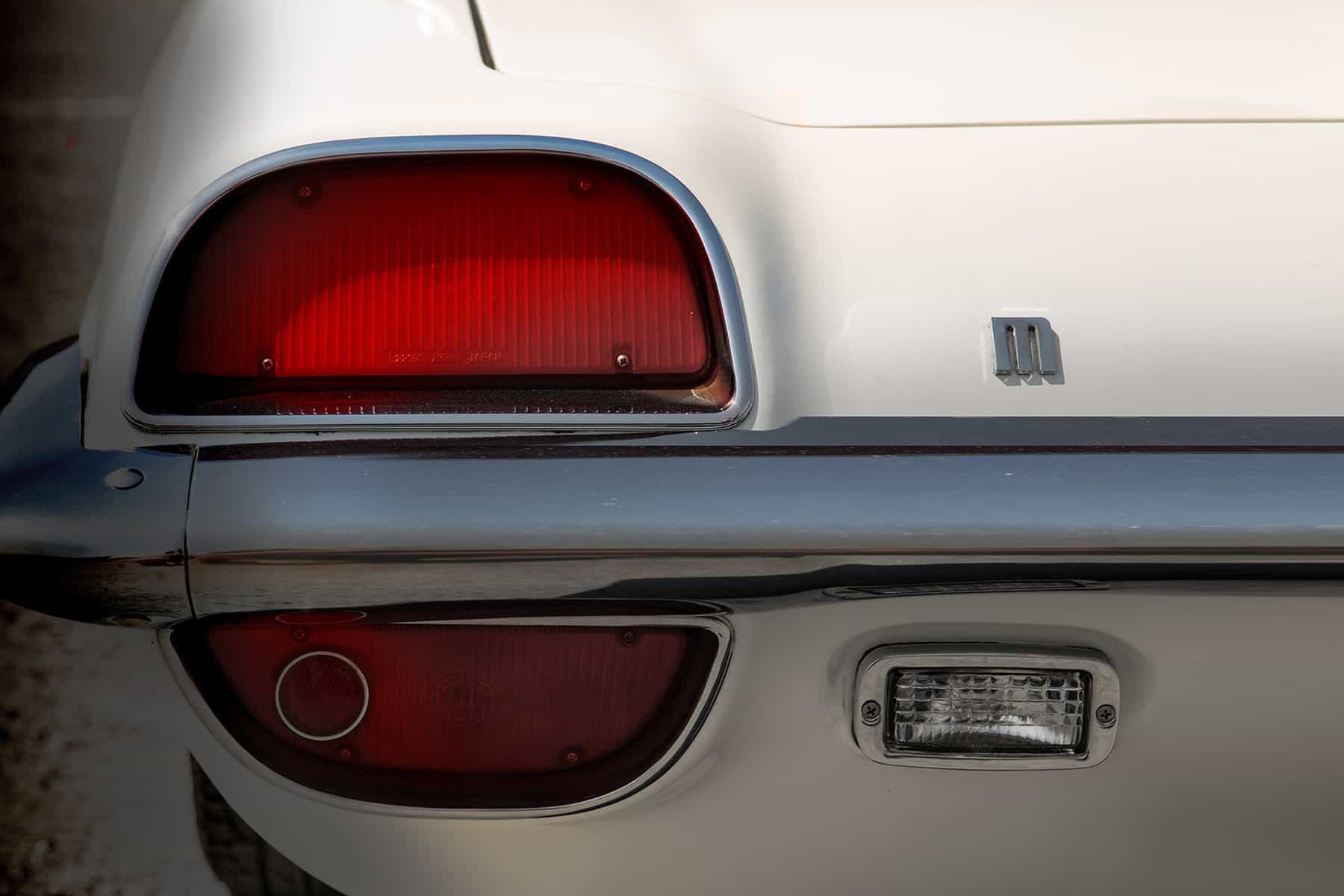
One of the reasons Mazda took three years to go from a show car to a production model was that the Japanese company wanted to make absolutely certain the Cosmo would prove the concept. In order to do so, eighty pre-production cars were built and handed to Mazda’s own engineers, but also to journalists for extensive testing. According to Mazda’s own estimates, well over 400,000 miles were covered by these eight test cars before it was determined that production could commence. From 1967 onward, the Cosmo was built by hand and usually no more than one example per day was completed.
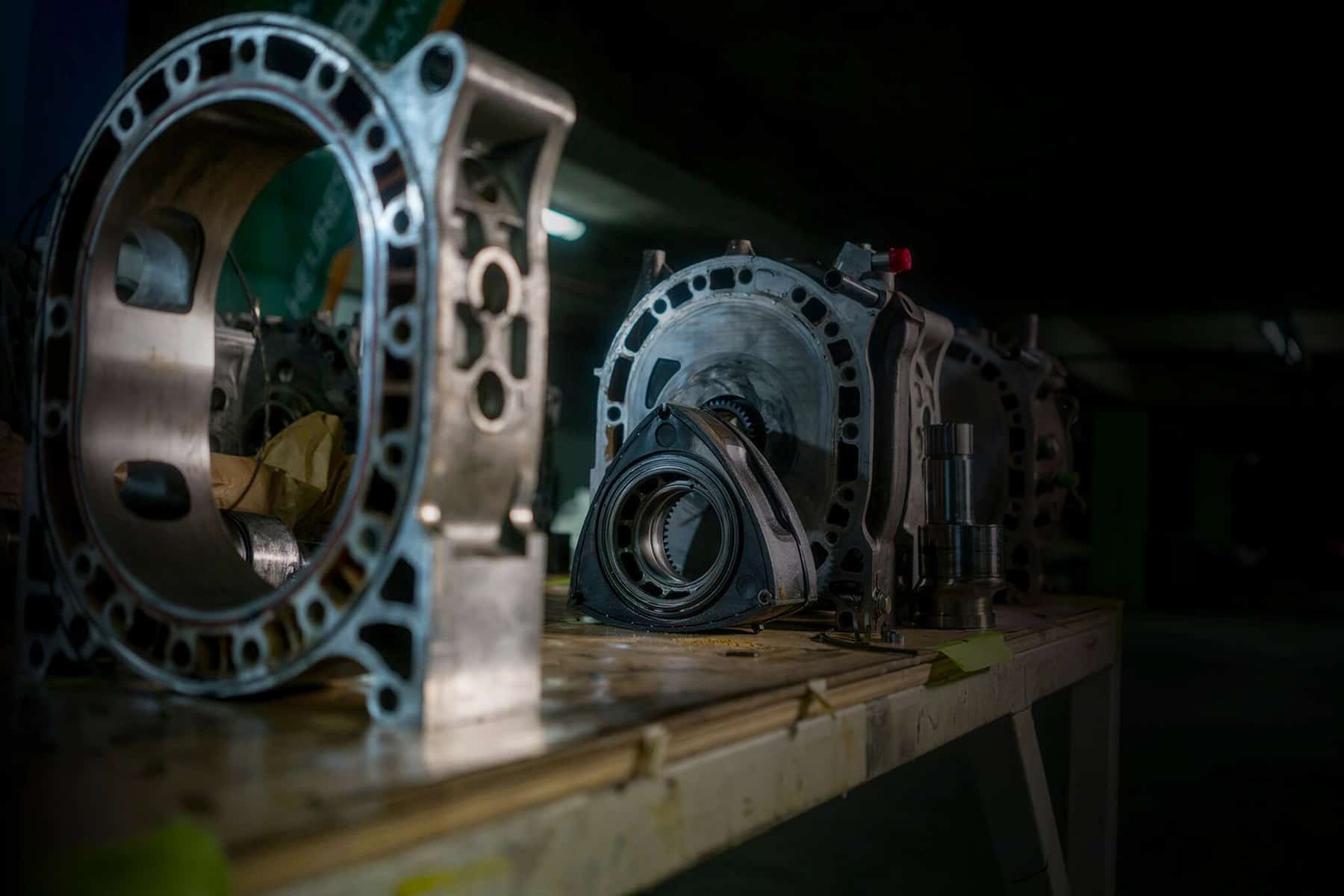
Small, lightweight, and relatively powerful, the Cosmo received universal acclaim. The fully independent suspension and low weight over the front axle made sure the handling matched the performance figures. From 1968 on, a slightly longer wheelbase was used and the engine re-tuned to produce 128 hp. To further show the world that Mazda really was on to something, Cosmos were entered in long-distance races like the Marathon de la Route, an 82-hour race on the Nürburgring. The rotary engine would continue to be used with great success in motor racing, ultimately culminating in the overall victory at the 24 Hours of Le Mans in 1991. By that time, the engine had grown in size to four rotors and produced both a deafening shriek and 700 horsepower.
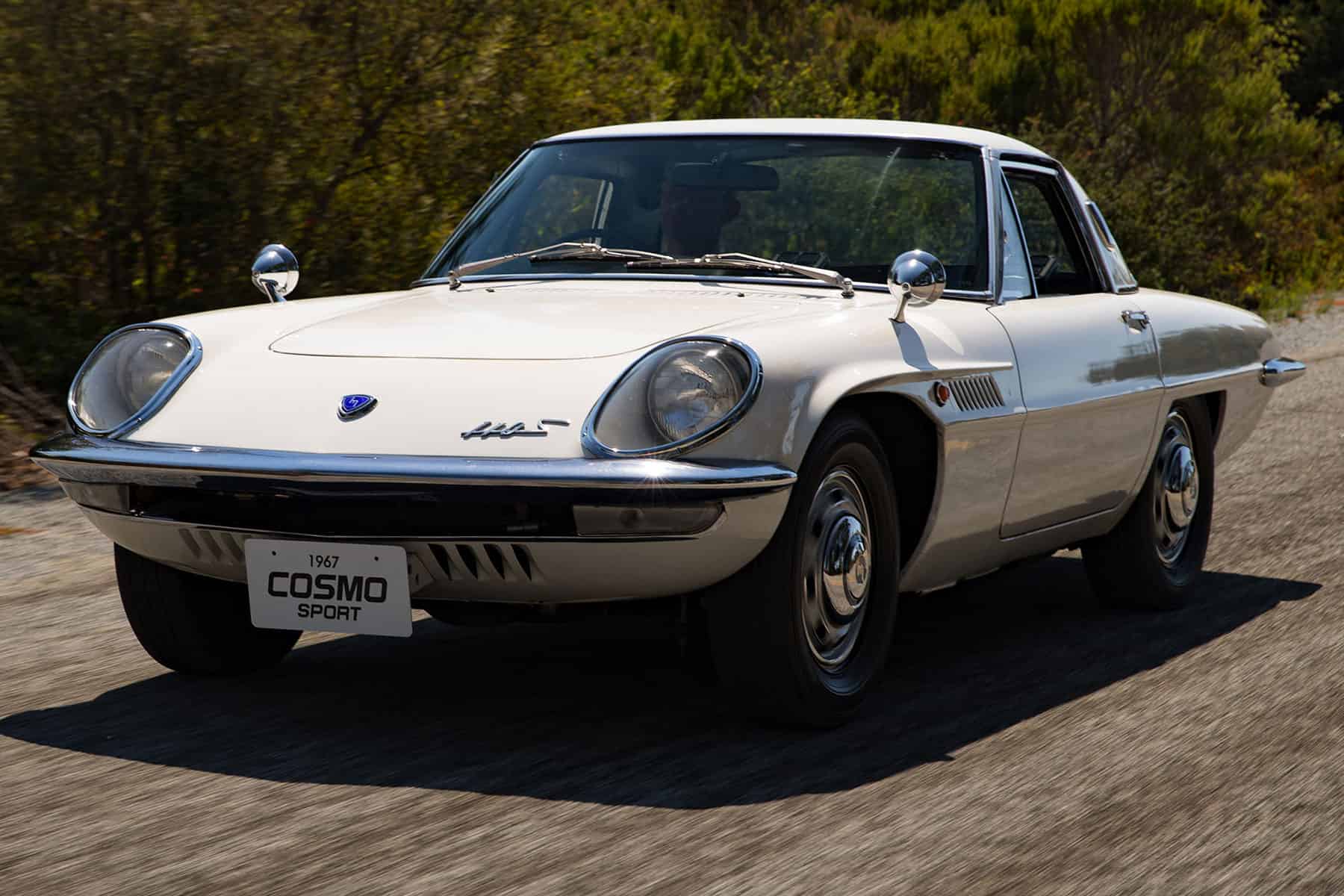
Production of the Cosmo / 110S ran through to 1972, by which time 1,500 examples had been built. Only a fraction of these were destined for export, so just how did Curtiss-Wright end up with one in a country where it was never available? The most obvious explanation is that the engine builder kept close tabs on the competition and acquired all sorts of rotary-engined machinery, which ranged from complete cars to chainsaws. Shortly after acquiring this car in 2007, Mazda North America discovered that there was actually more to the story. A rather large stash of Cosmo spare parts was offered for sale by an American, which sparked the Irvine, California-based, heritage collection’s interest. As it turned out, the gentleman offering the parts had worked as an engineer at Curtiss-Wright in the 1960s. He explained that he had worked there together with Kenichi Yamamoto, who was the spiritual father of the Mazda rotary engine. So it could be that the American influence went beyond the exterior design. It may, of course, also be a coincidence, but the rotary engines used by Curtiss-Wright utilized carbon seals as well.
Not only is Mazda NA’s 110S an interesting part of automotive history, its hugely original condition makes it stand out. Apart from a different radio having been fitted during the 1980s, it has survived remarkably unscathed. While preserving this stellar condition, the Cosmo’s original purpose – built for driving – is still emphasized by Mazda. The car has been driven regularly from Irvine to Monterey and back to be displayed during events at Raceway Laguna Seca. At the time these photographs were taken, it was still known as Mazda Raceway Laguna Seca.


![alfa gtz perfectly imperfect webannerl[1]](https://automedia.revsinstitute.org/wp-content/uploads/2024/08/Alfa-GTZ-Perfectly-Imperfect-webannerl1-uai-1200x800.jpg)
